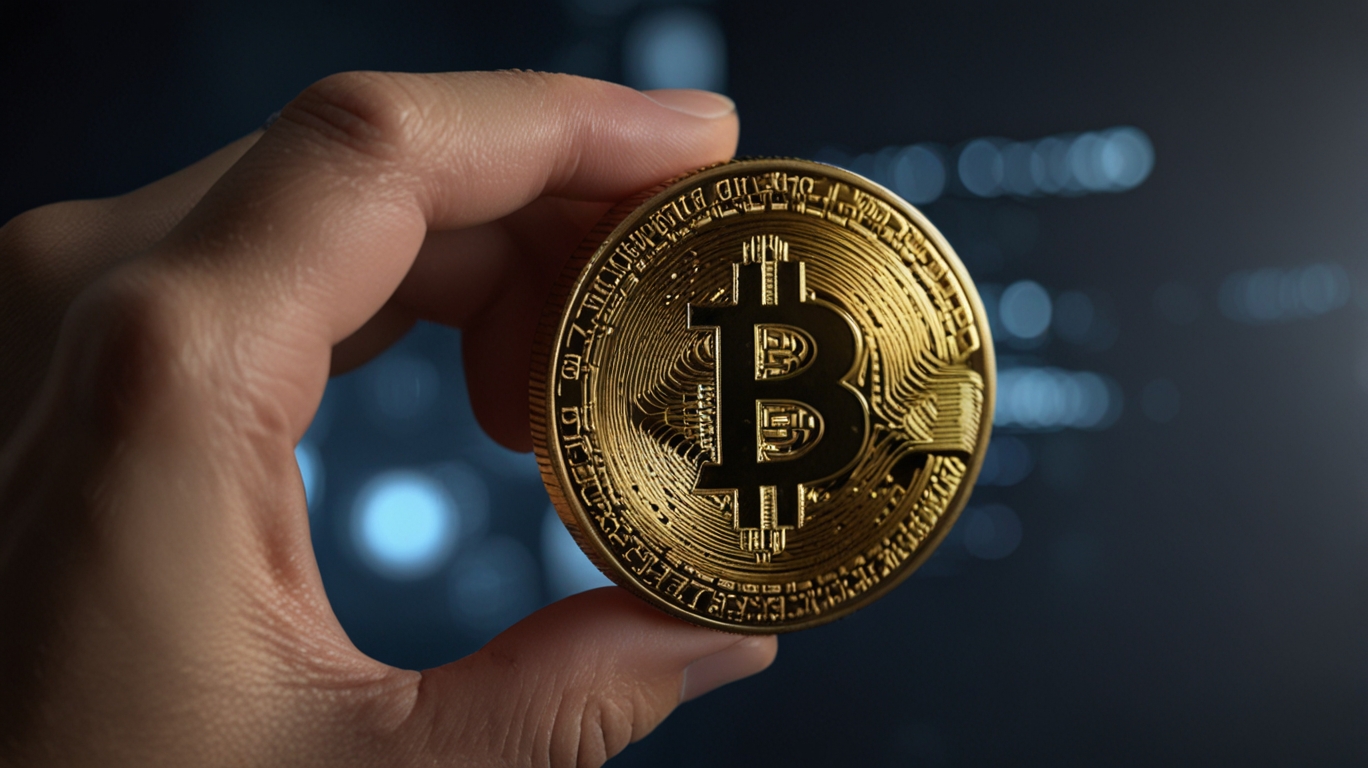Understand your crypto wallet options, security essentials, and how to keep hackers at bay
Cryptocurrency has evolved from a niche interest into a mainstream investment, attracting everyone from tech-savvy traders to casual investors. But along with the potential rewards of digital assets comes one major challenge: security. Unlike a traditional bank, there’s no customer service hotline to call if your Bitcoin vanishes due to a scam or a security breach.
If you’re investing in crypto—or thinking about it—understanding how wallets work and how to secure them is essential. Here’s a beginner-friendly breakdown to help you protect your digital coins from loss, theft, or error.
What Is a Cryptocurrency Wallet, Really?
A cryptocurrency wallet doesn’t hold your actual coins—it stores the private keys that let you access your crypto on the blockchain. Without these keys, you can’t move or use your coins. Lose the keys, and you lose the assets. It’s like a digital vault with no spare key.
There are two main types of wallets:
1. Hot Wallets (Online)
These are connected to the internet, making them convenient for frequent trading but more vulnerable to hacks.
- Examples: Mobile apps (like Trust Wallet), browser extensions (like MetaMask), or exchange wallets (like those on Binance or Coinbase)
- Pros: Fast, easy access to funds; ideal for active users
- Cons: More exposed to phishing attacks, malware, and online hacks
2. Cold Wallets (Offline)
These are not connected to the internet, offering better protection from hackers.
- Examples: Hardware wallets (like Ledger or Trezor), paper wallets (a printed copy of your keys)
- Pros: Very secure; ideal for long-term storage
- Cons: Less convenient for quick trades; can be lost or damaged if not backed up properly
Pro tip: Many experienced users keep a mix—hot wallets for daily use, cold wallets for savings.
Top Security Risks for Crypto Holders
Understanding where the threats lie is the first step to protecting yourself:
- Phishing scams: Fake emails or websites tricking users into giving up their private keys or login info.
- Malware and keyloggers: Malicious software that records your activity and captures wallet details.
- SIM-swap attacks: Hackers take over your phone number to bypass two-factor authentication (2FA).
- Exchange hacks: If your crypto is stored on an exchange and that exchange gets hacked, your funds may be unrecoverable.
The takeaway? You are your own bank. And that comes with both freedom and responsibility.
Steps to Secure Your Cryptocurrency Wallet
1. Choose a Reputable Wallet Provider
Whether hot or cold, pick a wallet from a trusted developer with a strong track record and good reviews. Be wary of new or obscure wallets—especially those promoted in sketchy Telegram groups or ads.
2. Enable Two-Factor Authentication (2FA)
Always enable 2FA, preferably using an authenticator app like Google Authenticator or Authy, rather than SMS. This adds an extra layer of security even if someone guesses your password.
3. Back Up Your Seed Phrase (and Store It Safely)
When you set up a wallet, you’re given a seed phrase—a 12- or 24-word recovery phrase. Write it down on paper (not in a phone or computer) and store it somewhere secure, like a safe. This is the only way to recover your wallet if your device is lost or stolen.
Never share your seed phrase with anyone. Ever.
4. Avoid Keeping Large Amounts on Exchanges
While major exchanges have improved their security, keeping your long-term holdings there is risky. If an exchange goes bankrupt (as seen with FTX) or is hacked, you may lose access to your funds.
If you don’t own the keys, you don’t truly own the crypto.
5. Keep Your Devices Clean
Install antivirus software, avoid clicking on suspicious links, and don’t download unknown files. If you’re using a browser-based wallet, consider using a separate browser or device dedicated to crypto use.
Bonus Tips for Extra Peace of Mind
- Use a passphrase: Some wallets let you add an extra password on top of your seed phrase.
- Consider a multi-sig wallet: These require multiple people or devices to sign a transaction, great for teams or shared wallets.
- Update regularly: Make sure your wallet software and hardware firmware are always up to date to patch security vulnerabilities.
What If You’re Hacked or Lose Access?
Unfortunately, recovery is limited. If your wallet keys are stolen or your seed phrase is lost without a backup, there’s usually no way to get your crypto back. That’s why prevention is everything in the world of decentralized finance.
Conclusion: Take Security Into Your Own Hands
Investing in crypto offers exciting opportunities—but unlike traditional finance, there’s little room for error. Choosing the right wallet, following best practices, and being cautious with your digital identity can save you from costly mistakes.
Whether you’re storing $100 or $10,000 in crypto, the same rules apply: protect your keys, stay vigilant, and take responsibility for your financial future.





